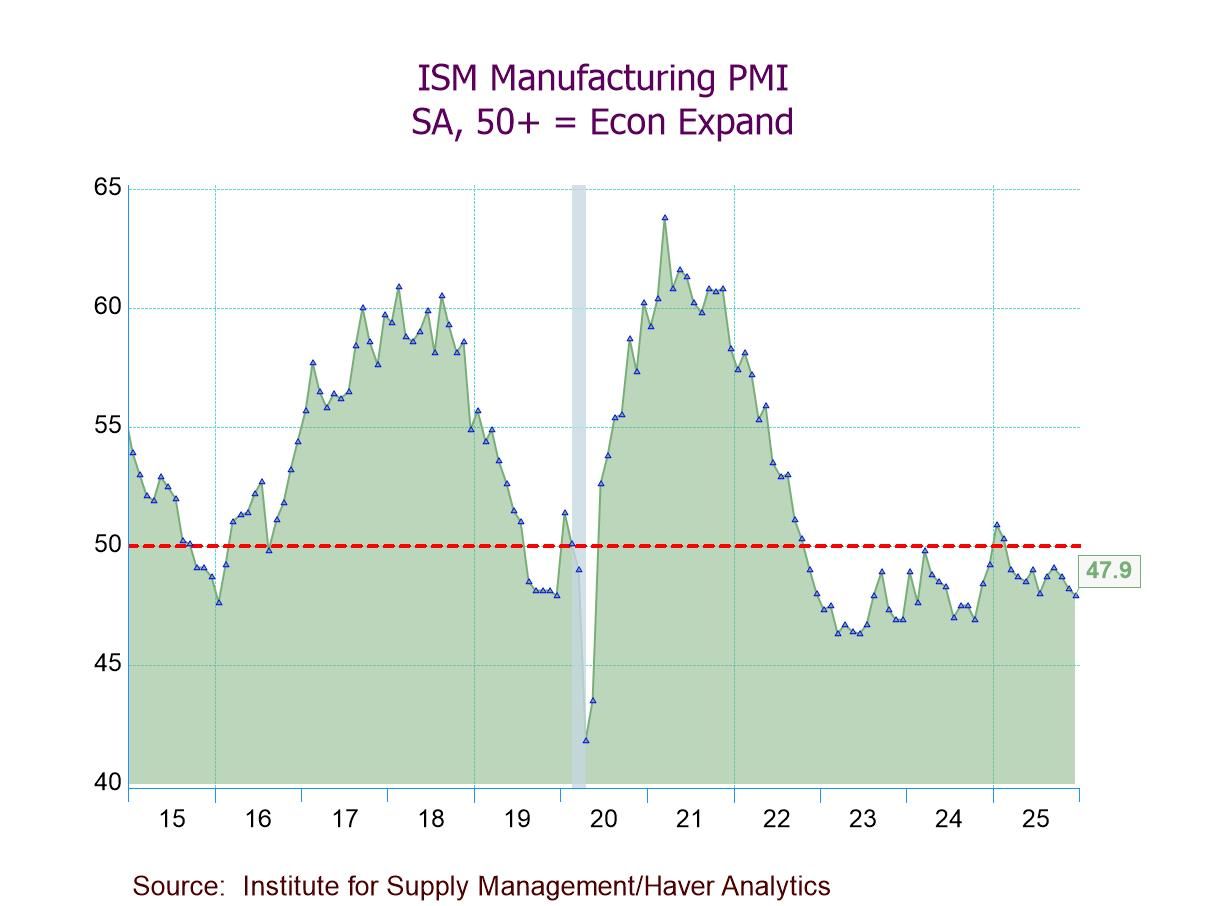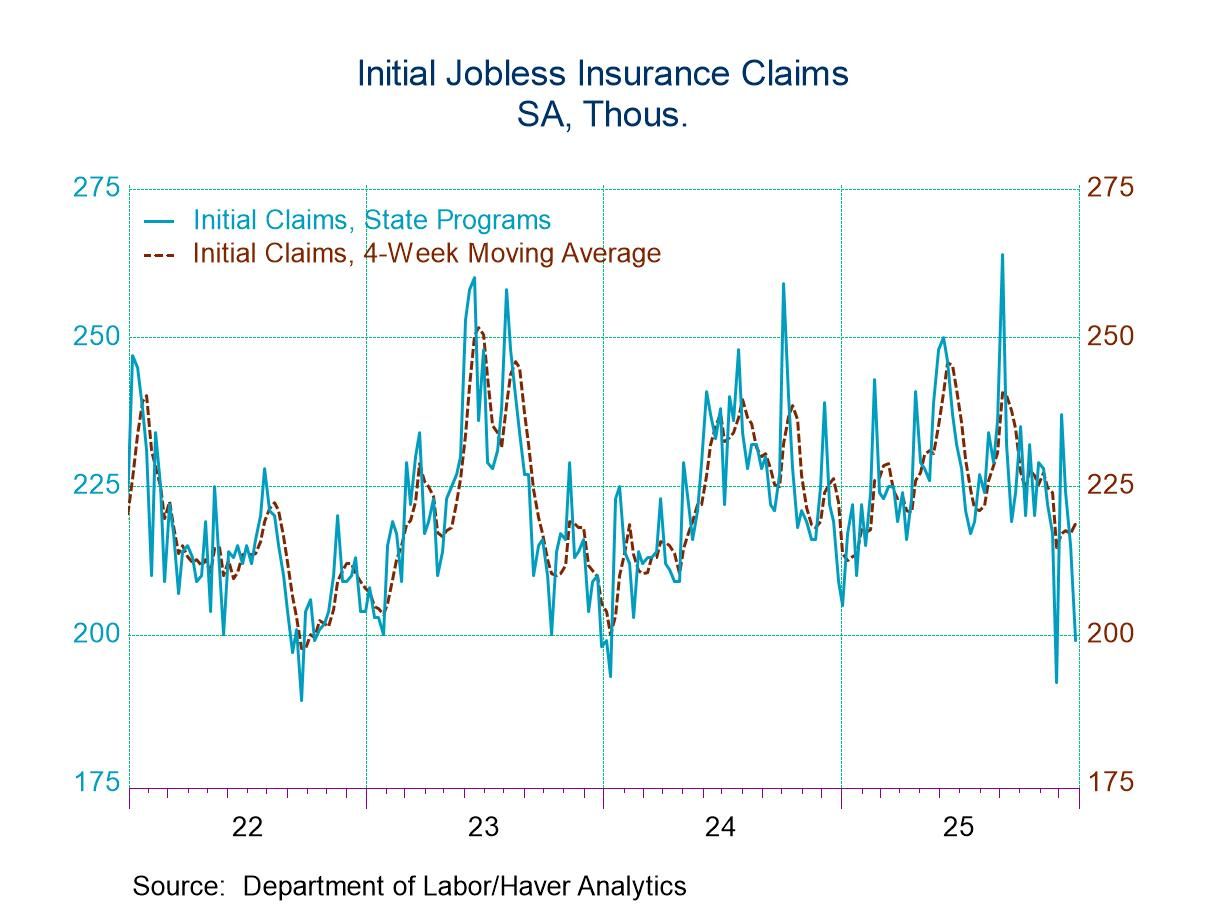 Asia| Oct 23 2023
Asia| Oct 23 2023Economic Letter from Asia: Some Light on China
We shift our focus back on China in light of last week’s Q3 GDP print and monthly readings for September. That latest flurry of data releases has spurred further hope that the Chinese economy has entered a stabilization phase, following a protracted period of underwhelming growth. There is still reason for caution, however, given persistent weakness in the property sector, among other economic drags. Also, continued reliance on fiscal stimulus via local government infrastructure spending warrants continued monitoring, given how this spending is straining China’s debt arithmetic. Furthermore, there is the added financial stability concern arising from growing off-balance sheet local government debt, although we have already seen some regions beginning to address such problems. All told, while the stabilization in the economy is encouraging and may bring positive spillovers if sustained, property sector woes and signs of increasing indebtedness justify some unease.
China’s latest economic readings China’s GDP growth slowed by less than expected in Q3, to 4.9% y/y, with final consumption once again the main growth driver while net exports exerted a mild drag (chart 1). The consensus-beating GDP reading strengthened sentiment that China’s economy is finally seeing some post-pandemic stabilization. Still, investor caution persists. After all, China is still in the midst of working through challenges in its property market, while staring down longer-term issues such as demographic decline.
Chart 1: Drivers of China real GDP growth

Digging into China’s newly-released September economic readings, higher-frequency indications suggest that a consumption-led recovery is taking root, while the property sector continues to drag. Growth in retail sales accelerated, to 5.5% y/y, while industrial production growth steadied at 4.5%, and fixed asset investment growth cooled slightly to 3.1% YTD y/y. The world, and especially economies with nontrivial demand exposures to China (chart 2), could benefit greatly should China’s stabilization translate to a broader economic recovery.
Chart 2: Domestic value added in China’s final demand

Persisting property sector woes China’s property market has continued to suffer, however, as building sales and real estate development investment extended steep declines from levels seen a year ago (chart 3). Chinese authorities have enacted a slew of measures to revive demand in the sector, including the lowering of benchmark interest rates and the easing of homebuyer borrowing rules. However, climate in the sector remains downbeat, with no meaningful rebound seen taking root just yet.
Chart 3: China’s real estate sector

China’s debt-fueled growth We turn next to China’s continued reliance on local governments to enact fiscal stimulus, especially via their spending on infrastructure investment projects. Local governments have ramped up borrowing in recent months, especially through “special bonds” that are usually used to finance infrastructure projects (chart 4). Amid China’s leveraging push, the off-balance sheet aspect of local government debt – held by Local Government Financing Vehicles, or LGFVs – has once again become of interest. The International Monetary Fund estimates China’s 2022 LGFV debt at about RMB 66 trillion ($9 trillion), dwarfing local governments’ official outstanding debt of RMB 35.1 trillion for the same year. With that said, some local governments have announced intentions to ease risks from such “hidden” LGFV debt by buying them up, thereby transferring them onto their balance sheets.
Chart 4: China local government debt issuance

Looking next at the broader Chinese economy, growth in overall social financing to China’s real economy has steadied in recent months, after having slowed earlier in the year (chart 5). Still, a closer look reveals a persisting underlying slowdown in bank loan growth – a partial proxy of private sector borrowing – that was offset by a pickup in government borrowing.
Chart 5: Social financing in China

China’s increasing indebtedness Zooming out, we have seen China’s relative indebtedness levels climb steadily over the years, even as those of other major economies recently fell (chart 6). Following the outbreak of the pandemic, governments around the world rushed to enact significant fiscal support to soften an expected economic fallout. Global debt-to-GDP ratios surged as a result, as governments stepped up borrowing to finance expenditures while economic output slumped. Years on, a divergence between China and other major economies has formed. On the one hand, debt-to-GDP ratios of other major economies have declined from pandemic-highs as growth recovered and government borrowing slowed. On the other, China’s ratio climbed to new records as a meaningful economic recovery proved elusive while the need for continued fiscal support remained. While debt-fueled growth may plug near-term growth gaps, as with China’s utilization of local infrastructure projects, some caution against the long-term reliance on such measures is warranted, given fiscal considerations.
Chart 6: China’s general government debt-to-GDP

Tian Yong Woon
AuthorMore in Author Profile »Tian Yong joined Haver Analytics as an Economist in 2023. Previously, Tian Yong worked as an Economist with Deutsche Bank, covering Emerging Asian economies while also writing on thematic issues within the broader Asia region. Prior to his work with Deutsche Bank, he worked as an Economic Analyst with the International Monetary Fund, where he contributed to Article IV consultations with Singapore and Malaysia, and to the regular surveillance of financial stability issues in the Asia Pacific region.
Tian Yong holds a Master of Science in Quantitative Finance from the Singapore Management University, and a Bachelor of Science in Banking and Finance from the University of London.






